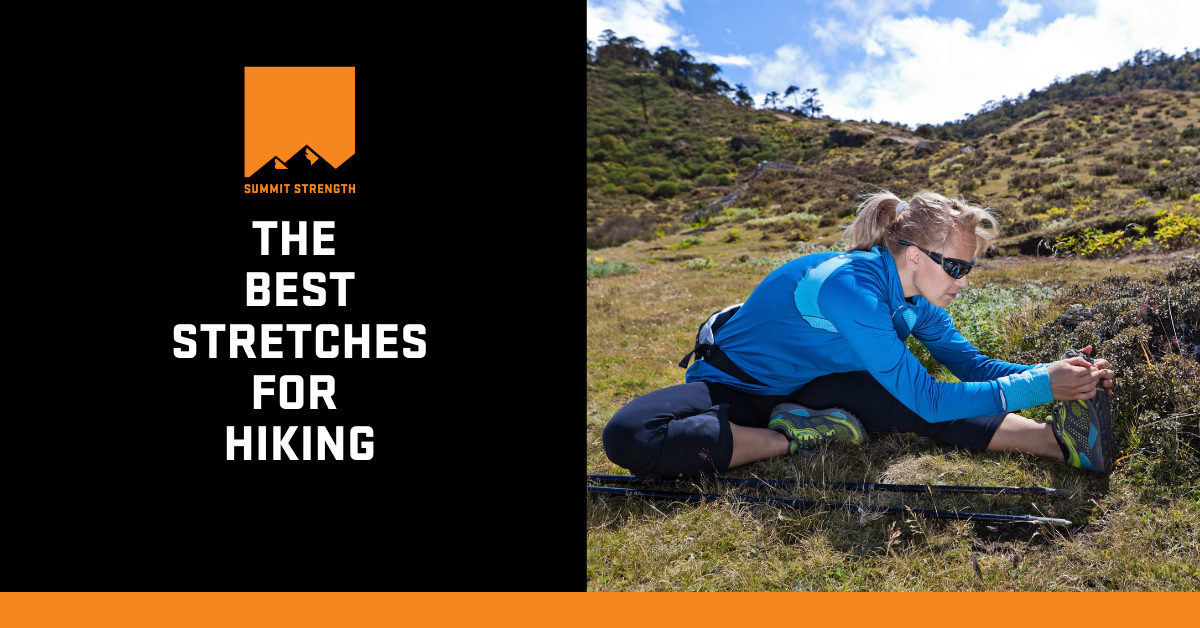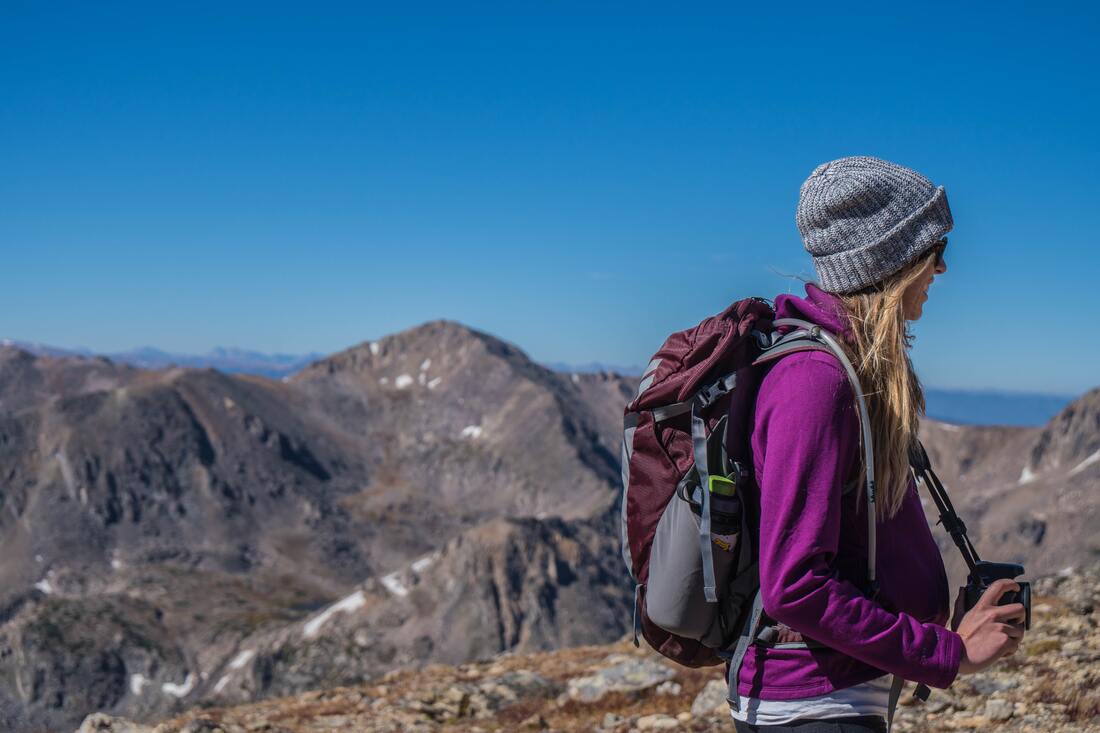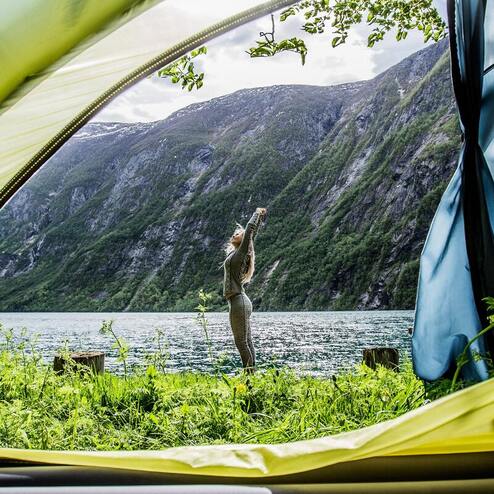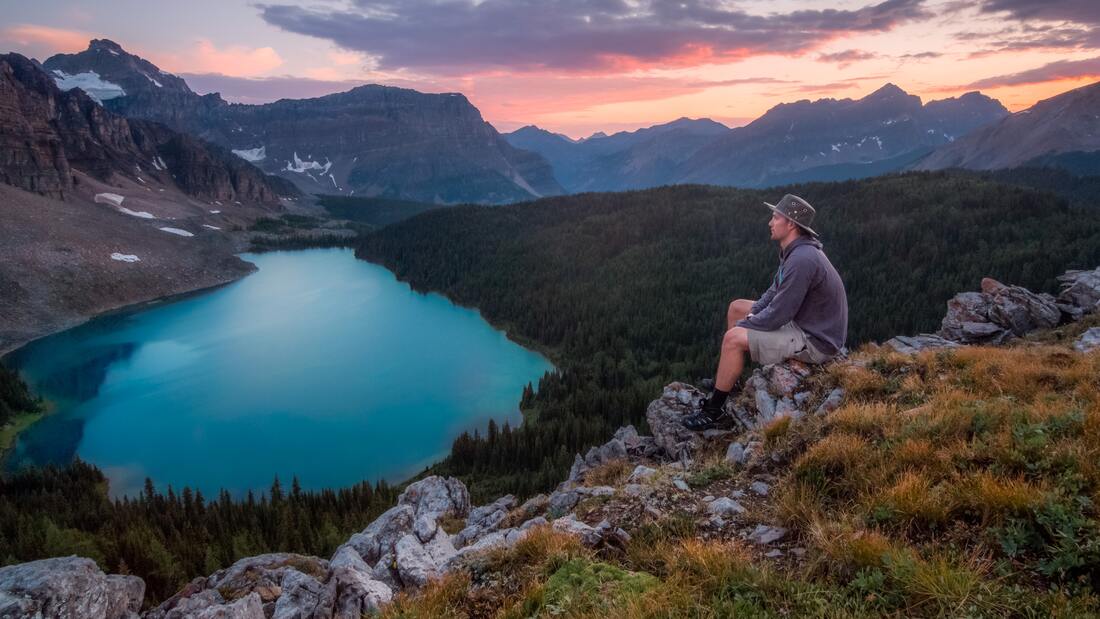|
In this article, we explore some of the best stretches a hiker can use before and after hiking. If used consistently, these stretches and releases can make a big difference to a hikers comfort while walking, as well as their recovery after they finish. Why Is Stretching Important For Hikers?Why Should You Stretch Before Hiking? Targeted stretches before hiking can have a few great benefits. They can:
Many hikers get by without stretching. There is no denying that. But the simple truth is, stretching is quick, easy, won't cost you a cent and has a few potentially great benefits. So why not add it to your routine? What Type Of Stretching Should A Hiker Use? Should a hiker use static or dynamic stretches before hiking? And what about foam rolling and self-myofascial release? There is a lot of debate in the fitness world around whether static or dynamic stretching is better before and after exercise. And there is a lot of confusion. But when it comes down to it, it really doesn't matter what you choose. It comes down to personal preference. And as long as you are targeting the right areas before your hike (which we will explore below), you can choose whatever method of stretching you like. Want to know more about the difference between static stretches, dynamic stretches and self-myofascial release (and when is best to use each one?). Check out this podcast episode on the subject: Hot Tip: If you plan on stretching before hiking, a great idea is to arrive at the trailhead a little bit early or, if you are on an overnighter, make sure your pack is packed before everyone else. Because if someone is waiting for you, it is VERY easy to skip this. And we don't want that! Warm-Up Stretches For HikingThere are countless stretches a hiker can do before they hit the trail. Some are ok; some are better. When it comes to choosing your pre-hike stretches, a hiker wants to consider a couple of things: Stretches Should Target Key Joints Certain joints (such as the ankles and hips) want to be 'mobile' and have a large range of motion in the body. In contrast, others (like the knees and lower back) wish to remain relatively stable and not have a huge amount of movement. Unfortunately, many of these 'mobile' joints will often get restricted and tight for many hikers. And when this happens, to compensate, the body allows more movement through the 'stable' joints (which is not a great thing). And this can often be a contributing factor to discomfort and pain. With this in mind, if a hiker does a little bit of stretching on these 'mobile' joints before a hike, they can reduce the risk of pain and discomfort in the feet, knees and lower back. Key joints a hiker wants to mobilise before they hike:
Stretches Should Be Simple If you have an early morning start, the last thing you want to be doing is trying to wrap your head around complicated and intricate stretches. The best pre-hike stretches are simple, need no equipment and require little thought. On top of this, if they don't require you to get on the ground, then that is a bonus as well! With these points in mind, here are a few of my favourite pre-hike stretches for hikers:
The Knee To Wall Stretch
This stretch is fantastic for improving the range of motion through the ankles. This can be incredibly beneficial for any hiker who struggles with foot or knee pain while hiking and if you are expecting any elevation gain or loss. Instructions:
*You should feel this stretch in the back of the calf on the front leg. **If this is uncomfortable on the knees, you can do acalf stretch instead If you are aware you have some very tight ankles and calves, a good addition to this stretch is a calf release with your water bottle (seen below): The World's Greatest Stretch This stretch is fantastic at improving the range of motion through the hips and loosening up the mid-back. This is very useful for any hiker who suffers from knee or back pain while hiking or for any hiker who is carrying a heavy pack. Instructions:
* You should feel a stretch here through the front of the hip (on the back leg) and through the mid back. The Leg Swing This is a simple exercise to warm up and loosen the hamstrings (back of the legs). This is important for any hiker who struggles with knee or back pain, starting the hike with a steep descent or expecting slippery/slidey terrain. Instructions:
*You should feel this stretch through the back of the swinging leg *When performing this stretch, try to avoid arching the back as you kick up. Bonus Extras If you are aware, you struggle with knee pain while hiking or are starting the day with a steep descent, further loosening the quadriceps (front of thighs) can be very beneficial. An excellent exercise for this is a quadriceps release with your water bottle: If you are carrying a heavy pack, it may be worthwhile doing some work to help release the mid-back with your water bottle:
Performing these stretches (plus any releases you may need) will take only 5-10 minutes before your hike. But this small investment can pay off BIG when you are on the trail.
|
AuthorRowan is a personal trainer who specialises in training for hiking, trekkers and mountaineers for their bucket list adventures. Archives
July 2024
Categories
All
|
AboutSummit Strength is a personal training for hiking service created specifically to help hikers have the best chance of a safe, enjoyable and successful adventure.
|
Company |
Services |
|
|
© COPYRIGHT 2018. ALL RIGHTS RESERVED.
|
Website Design by My Personal Trainer Website
|





 RSS Feed
RSS Feed
